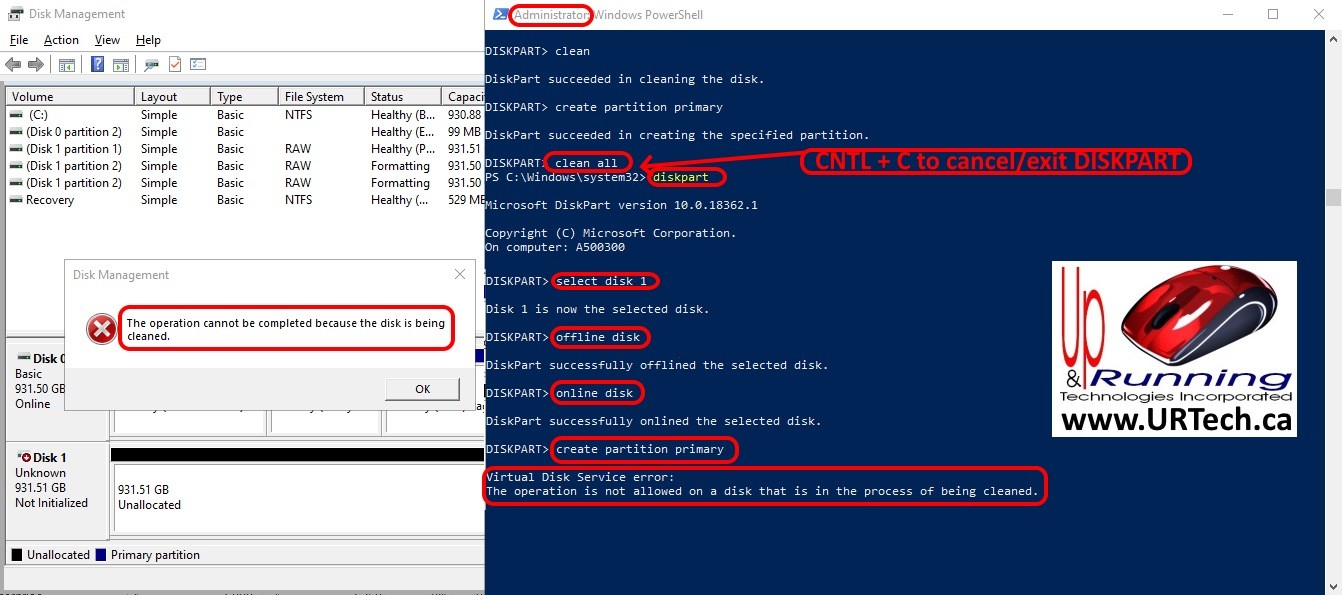【Distutils.cmd中的钩子机制】:构建过程事件处理与拦截:必学技巧
发布时间: 2024-10-16 06:07:22 阅读量: 14 订阅数: 16 


# 1. Distutils.cmd中的钩子机制概述
## 1.1 钩子机制简介
Distutils.cmd是Python标准库中的一个模块,它提供了一种方式来自定义构建和分发Python包的过程。钩子机制是Distutils中一个强大的特性,允许开发者在构建过程的关键步骤中注入自定义的逻辑。通过使用钩子,开发者可以更灵活地控制构建过程,实现特定需求,比如动态修改元数据、自动化依赖管理、自定义安装步骤等。
```python
from distutils.core import setup
from distutils.cmd import Command
class MyCommand(Command):
description = "My custom command"
user_options = []
def initialize_options(self):
pass
def finalize_options(self):
pass
def run(self):
# Custom logic here
print("Running custom command...")
setup(
cmdclass={'my_command': MyCommand},
)
```
## 1.2 钩子的应用场景
钩子机制的应用场景非常广泛,例如:
- 在软件打包前修改包的元数据,如版本号、作者信息等。
- 在软件安装前自定义安装脚本,添加特定的检查或配置步骤。
- 在软件分发前自动化依赖管理,确保所有依赖项都已正确安装。
通过这种方式,钩子机制使得构建和分发过程不仅限于默认选项,而是可以根据项目需求进行定制,提高了软件开发的灵活性和可维护性。
# 2. 构建过程事件的类型与处理
## 2.1 事件类型详解
### 2.1.1 安装前与安装后的事件
在Distutils.cmd中的钩子机制中,安装前和安装后的事件是非常重要的。这些事件主要在软件包的安装过程中触发,提供了在安装开始前和安装完成后进行自定义操作的机会。
安装前的事件通常用于进行一些准备工作,比如检查环境配置、获取必要的权限等。代码示例如下:
```python
import distutils.cmd
class InstallPreCommand(***mand):
description = "Pre-installation tasks"
user_options = []
def initialize_options(self):
pass
def finalize_options(self):
pass
def run(self):
print("Running pre-installation tasks...")
def setup():
setup_requires = ['setuptools']
cmdclass = {'install_pre': InstallPreCommand}
from setuptools import setup
setup(
name='example',
version='0.1',
cmdclass=cmdclass,
install_requires=setup_requires,
)
```
安装后的事件则通常用于进行一些清理工作或者验证安装是否成功。代码示例如下:
```python
import distutils.cmd
class InstallPostCommand(***mand):
description = "Post-installation tasks"
user_options = []
def initialize_options(self):
pass
def finalize_options(self):
pass
def run(self):
print("Running post-installation tasks...")
def setup():
setup_requires = ['setuptools']
cmdclass = {
'install_pre': InstallPreCommand,
'install_post': InstallPostCommand
}
from setuptools import setup
setup(
name='example',
version='0.1',
cmdclass=cmdclass,
install_requires=setup_requires,
)
```
### 2.1.2 构建前与构建后的事件
构建前的事件主要在软件包构建之前触发,用于进行一些准备工作,比如编译源代码、生成文档等。代码示例如下:
```python
import distutils.cmd
class BuildPreCommand(***mand):
description = "Pre-build tasks"
user_options = []
def initialize_options(self):
pass
def finalize_options(self):
pass
def run(self):
print("Running pre-build tasks...")
def setup():
setup_requires = ['setuptools']
cmdclass = {'build_pre': BuildPreCommand}
from setuptools import setup
setup(
name='example',
version='0.1',
cmdclass=cmdclass,
install_requires=setup_requires,
)
```
构建后的事件则通常用于进行一些清理工作或者验证构建是否成功。代码示例如下:
```python
import distutils.cmd
class BuildPostCommand(***mand):
description = "Post-build tasks"
user_options = []
def initialize_options(self):
pass
def finalize_options(self):
pass
def run(self):
print("Running post-build tasks...")
def setup():
setup_requires = ['setuptools']
cmdclass = {
'build_pre': BuildPreCommand,
'build_post': BuildPostCommand
}
from setuptools import setup
setup(
name='example',
version='0.1',
cmdclass=cmdclass,
install_requires=setup_requires,
)
```
## 2.2 事件处理的实践方法
### 2.2.1 使用钩子函数进行事件处理
在Distutils.cmd中,我们可以使用钩子函数来处理不同的事件。这些钩子函数通常在setup函数中定义,然后在对应的事件触发时自动调用。
例如,我们可以在构建前的钩子函数中编写代码来生成一些临时文件,然后在构建后的钩子函数中删除这些临时文件。代码示例如下:
```python
import os
import distutils.cmd
class BuildPrePostCommand(***mand):
description = "Pre-build and post-build tasks"
user_options = []
def initialize_options(self):
pass
def finalize_options(self):
pass
def run(self):
print("Running pre-build tasks...")
open("temp_file.txt", "w").close()
print("Running post-build tasks...")
os.remove("temp_file.txt")
def setup():
setup_requires = ['setuptools']
cmdclass = {'build_pre_post': BuildPrePostCommand}
from setuptools import setup
setup(
name='example',
version='0.1',
cmdclass=cmdclass,
install_requires=setup_requires,
)
```
### 2.2.2 钩子函数的参数和返回值
钩子函数通常可以接收一些参数,这些参数可以提供一些有用的信息,比如当前的命令对象、当前的目录等。钩子函数的返回值通常会被忽略。
例如,我们可以定义一个钩子函数,它接收一个命令对象作为参数,然后打印出当前的目录。代码示例如下:
```python
import os
import distutils.cmd
class PrintDirC
```
0
0





